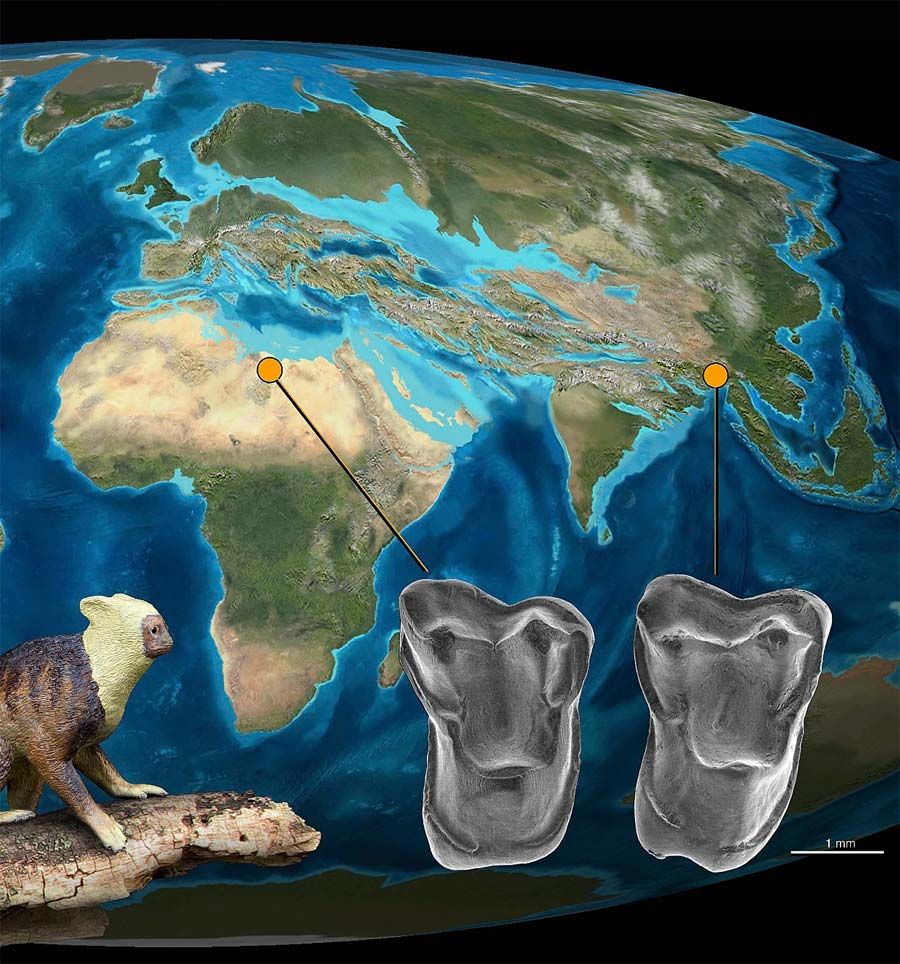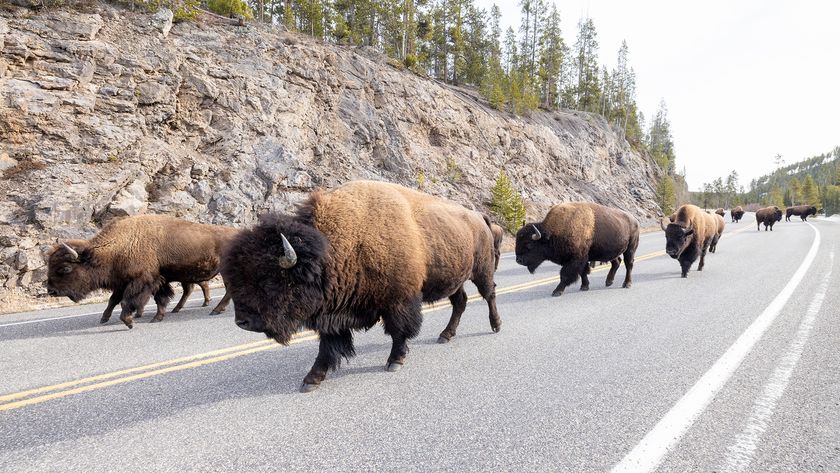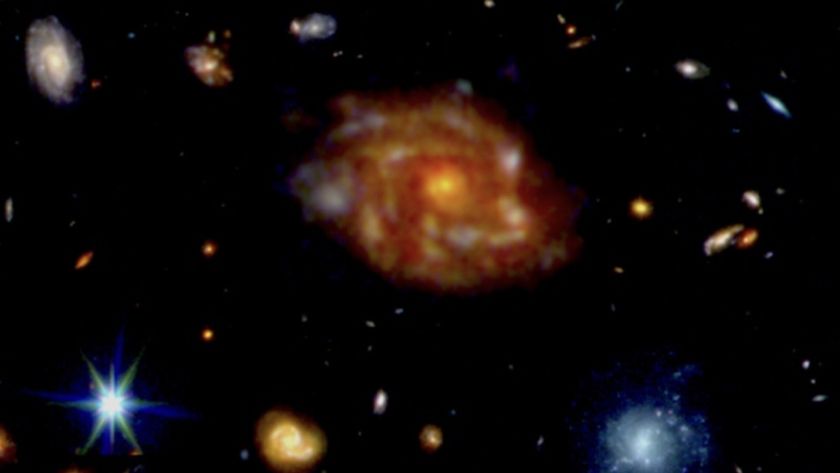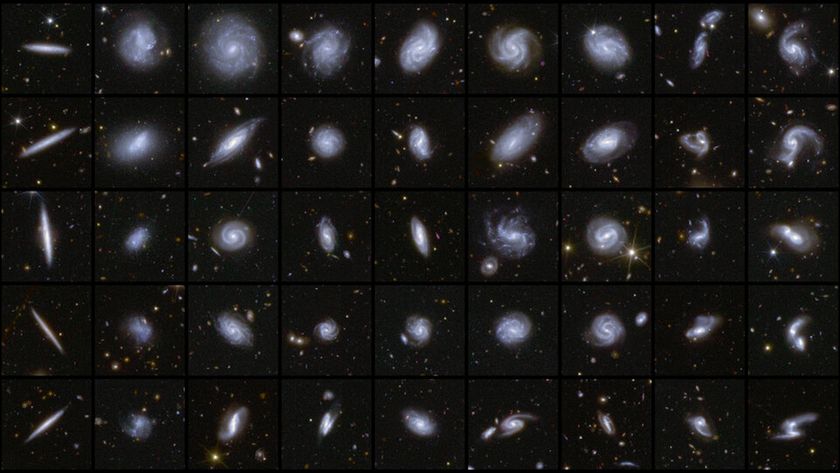New Primate Fossil Points to 'Out of Asia' Theory

The ancestors of monkeys, apes and humans may have originated in Asia and not Africa as often thought, new fossils suggest.
The origin of anthropoids — the simians, or "higher primates," which include monkeys, apes and humans — has been debated for decades among scientists. Although fossils unearthed in Egypt have long suggested that Africa was the cradle for anthropoids, other bones revealed in the last 15 years or so raised the possibility that Asia may be their birthplace.
Now, an international team of scientists has unearthed a new fossil in Southeast Asia that may prove that anthropoids originated in what is now the East, shedding light on a pivotal step in primate and human evolution.
The fossil is named Afrasia djijidae — Afrasia from how early anthropoids are now found intercontinentally in both Africa and Asia, djijidae in memory of a young girl from village of Mogaung in central Myanmar, the nation where the remains were found. The four known teeth of Afrasia were recovered after six years of sifting through tons of sediment, often working with oxcarts, since even cars with four-wheel drive cannot penetrate the area. [See Photos of the Myanmar Primate]
The teeth of 37-million-year-old Afrasia closely resemble those of another early anthropoid, the 38-million-year-old Afrotarsius libycus, recently discovered in the Sahara Desert of Libya. The anthropoids in Libya were far more diverse at that early time in Africa than scientists had thought, which suggested they actually originated elsewhere. The close similarity between Afrasia and Afrotarsius now suggests that early anthropoids colonized Africa from Asia.
This migration from Asia ultimately helps set the stage for the later evolution of apes and humans in Africa. "Africa is the place of origin of man, and Asia is the place of origins of our far ancestors," researcher Jean-Jacques Jaeger, a paleontologist at the University of Poitiers in France, told LiveScience.
The shape of the Asian Afrasia and the North African Afrotarsius fossils suggest these animals probably ate insects. The size of their teeth hints that in life these animals weighed around 3.5 ounces (100 grams), roughly the size of a modern tarsier.
Sign up for the Live Science daily newsletter now
Get the world’s most fascinating discoveries delivered straight to your inbox.
It remains an open question how early anthropoids actually migrated from Asia to Africa. Back then, the two continents were separated by a more extensive version of the modern Mediterranean Sea, called the Tethys Sea. Early anthropoids may have either swum from island to island from Asia to Africa, or possibly have been carried on naturally occurring rafts of logs and other material washed out to sea by floods and storms. Other animal groups apparently migrated from Asia to Africa at this time as well, such as rodents and extinct piglike animals known as anthracotheres, Jaeger said.
After early anthropoids made their way to Africa, those left behind apparently died out in Asia. "Around 34 million years ago, there was a dramatic glacial event that cooled the world climate and affected Asia more than Africa. During that crisis, we suppose that all primitive Asian anthropoids disappeared," Jaeger said.
The anthropoids we see in Asia now, such as gibbons and orangutans, "immigrated from Africa some 20 million years ago," Jaeger said.
The researchers suggest early anthropoids were once present in areas between Myanmar and Libya. However, such fossils have yet to be unearthed, in part due to safety concerns in some of those regions — for instance, Afghanistan.
The scientists detailed their findings online today (June 4) in the journal Proceedings of the National Academy of Sciences.











